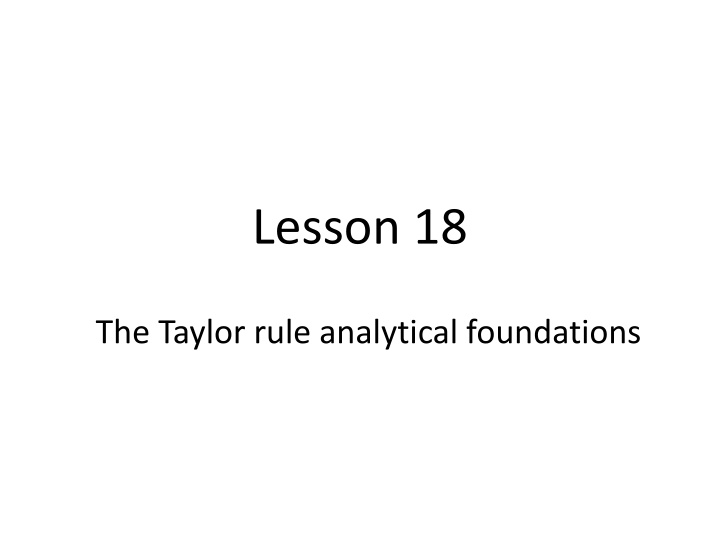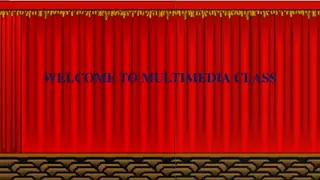
Analytical Foundations of the Taylor Rule and Monetary Policy
Learn about the analytical foundations of the Taylor rule and how it relates to monetary policy. Understand how endogenous banks create money in response to market demand. Explore the relationship between money supply, interest rates, inflation expectations, and more.
Download Presentation

Please find below an Image/Link to download the presentation.
The content on the website is provided AS IS for your information and personal use only. It may not be sold, licensed, or shared on other websites without obtaining consent from the author. If you encounter any issues during the download, it is possible that the publisher has removed the file from their server.
You are allowed to download the files provided on this website for personal or commercial use, subject to the condition that they are used lawfully. All files are the property of their respective owners.
The content on the website is provided AS IS for your information and personal use only. It may not be sold, licensed, or shared on other websites without obtaining consent from the author.
E N D
Presentation Transcript
Lesson 18 The Taylor rule analytical foundations
According endogenous, banks create money in response to the market s demand for credit. We may represent real money equilibrium between demand and supply by the following equation: = m ky to the view that money is + hi the central bank has a loss function linked to the growth rate of the money supply ( ) ( , , ) = L m L y i
Flexible exchange rates Suppose the loss function has the following simple form: ( ( ) 2 ( ) = + i i i y 1 ) 1 2 2 = + ( ) L m ky hi 2 = + ( ) Min L m Min ky hi = e y i = + + i i e (1 ) i sub i i e Substituting the constraint into the loss function and solving for the rate of interest we have: 1 + + k = + e i y + h h
Setting 1 + k = = + +h h We have = i + e y If inflation expectation coincide with current inflation rate we have the following rule for interest rates setting = + i y t It deserve to be underlined that the slope of the supply curve defines the CB reaction to prices and unemployment. If =0 the supply curve is horizontal and the Taylor rule is the usual LM curve, while if = the CB reacts just to inflation. This result depends on the alternative values the parameters and assume in the two cases.
Suppose now, as a second step, that there is a growth rate of the money supply m* consistent with a target level of employment y* and with an inflation objective * * * * * = + m ky hi We can derive, in the same way as above, the following reaction function * * * = + i y Subtracting the equation in the previous page from this equation and solving for the rate of interest we have: The Taylor rule * * ( ) ( t t i i y y = + + * )
Fixed exchange rates = ( ) L L BP = = + + e ( * ) BP RU x Y E m Y i i E 0 0 w E = sub E 1( 2 1 2 = 2 ) L RU 0 2 = + E m Y + i i e ( * ) L x Y E 0 0 i w x m = + Y i + + e * 0 0 i E Y E 0 W






















